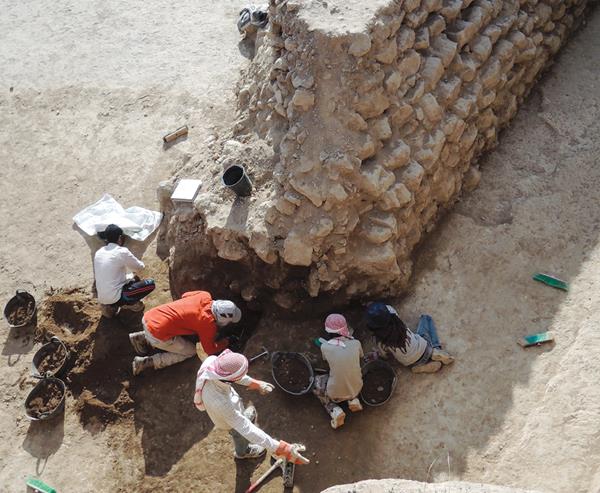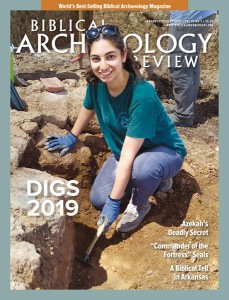Archaeological Views: Tall Jalul: A Look from Behind the Jordan

The largest ancient site in the central Jordanian plateau, Tall Jalul commands the highest point in the Madaba region in modern-day Jordan. Covering more than 18 acres, the tell seems to have been continuously occupied from the Early Bronze Age through the Persian (perhaps even Hellenistic) period, after which the occupation spilled over to the plain below and south of the tell.
The settlement was well established already in the Early Bronze Age (third millennium B.C.E.), but its peak came during the Iron Age (1200–500 B.C.E.). It is for this period that Andrews University’s ongoing excavations of Jalul—together with the contemporaneous sites of Hisbana and ‘Umayrib—have greatly enhanced our understanding of the area, dominated by the kingdoms of the Ammonites and Moabites and settled by the Israelite Gadites and Reubenites.1

Historical data acquired through 17 archaeological seasons are especially relevant for questions about the inhabitants’ identity, identification of the site with settlements named in the Bible, or sustenance strategies and local water management.
Already a library member? Log in here.
Institution user? Log in with your IP address.

